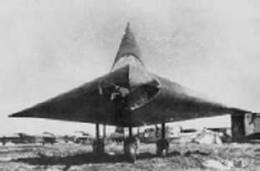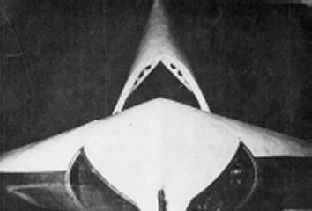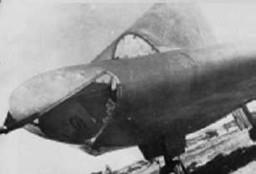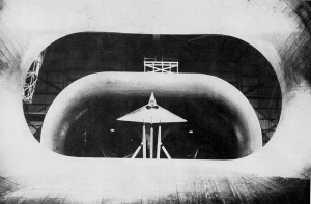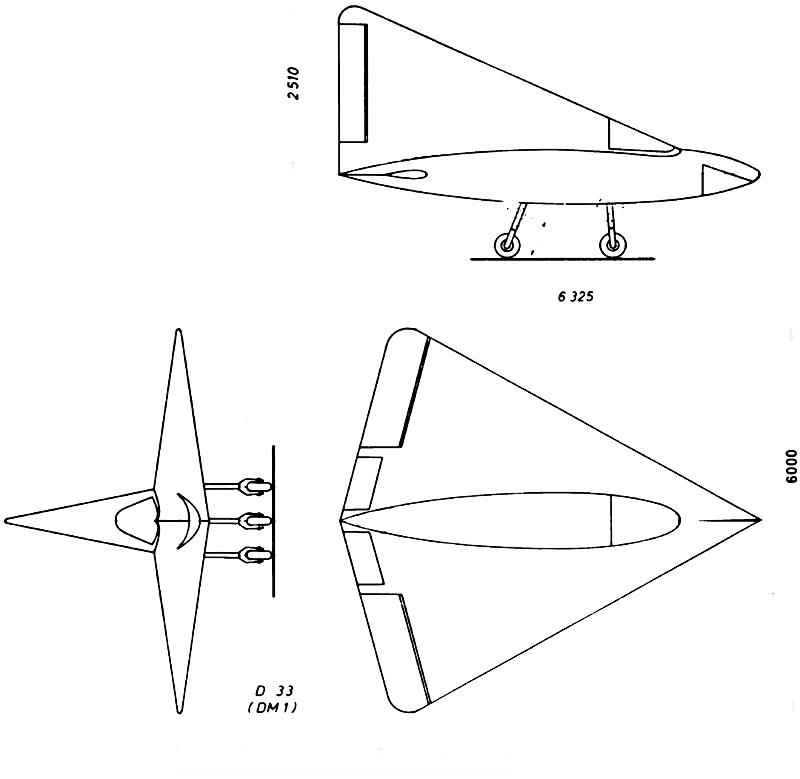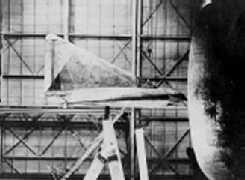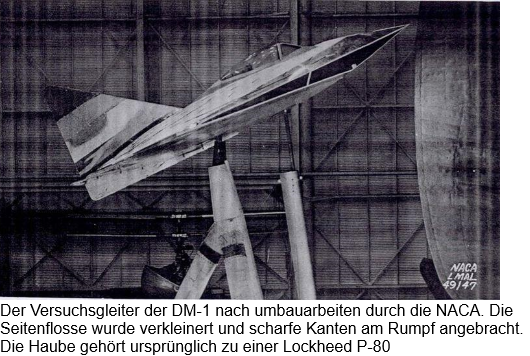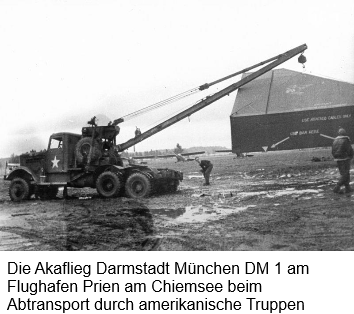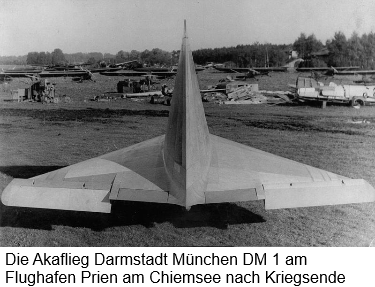| Type | Single seat glider |
| Dimensions | Length 6,325 m, height 2,610 m, span 6,0 m, wing area 19,9 m2 |
| Weights | Empty 375 kg |
| Type | Werk.Nr | Registration | History |
| Designed by Alexander Lippisch and W. Heinemann Built in 1945 as a project together with Akaflieg München Constructed of wood and plywood. Wingprofile Ringleb 15 % thick elliptic and symmetric |
During World War II Dr. Alexander Lippisch proposed a ramjet propelled point defence fighter Lippisch P.13a. To investigate the low speed handling and aerodynamics of this delta-winged fighter, Lippisch arranged for Akaflieg Darmstadt to build a full-scale flying glider model, which emerged as the Darmstadt D-33. After the Akaflieg Darmstadt workshop was bombed in September 1944, the D-33 project was moved to the Akaflieg München workshops at Prien am Chiemsee. At Prien, Wolfgang Heinemann and Hans Zacher from Darmstadt, with Klaus Metzner and Hermann Nenninger from Munich, completed the D-33 as the Akaflieg Darmstadt/Akaflieg München DM1.
Film footage exists which shows a gliding test of the aircraft. These tests began in May 1944 at Spitzerberg, near Vienna.
The DM1 was built as a single-seat glider from steel-tubing, plywood and bakelite impregnated plywood, with a cockpit in the extreme nose of the junction of the triangular mainplanes and fin. Launching the DM1 was to be by piggy-back or aero-tow.
After liberation by U.S. Troops in May 1945, work continued at the DM1 on behalf of the U.S. military government, with General Patton and Charles Lindbergh visiting Prien to see the project. Completed in early November 1945, the DM1 was shipped in a wooden box to Langley Field in Virginia where the flow behaviour of the DM1 was examined in the NACA (National Advisory Committee for Aeronautics, forerunner of today's NASA) full-size wind tunnel.
While at Langley, the DM1 underwent significant changes. The original design used airfoils of very thick section, especially the vertical stabilizer, which ran all the way to the nose of the aircraft and served double duty as the cockpit. For high speed flight, thicker airfoils are known to have very high drag, which proved to be true on the DM1. The design was progressively modified in an effort to lower drag. One of the first changes was to remove the large vertical stabilizer and replace it with one of much smaller size in a more conventional layout, and adding a normal cockpit canopy taken from a Lockheed P-80 Shooting Star. Further work introduced sharp extensions along the leading edge of the wing, which had the side-effect of showing periodic generation of very large vortexes over the wing. The significance of this effect would not be fully understood until the 1950s.
Film footage exists which shows a gliding test of the aircraft. These tests began in May 1944 at Spitzerberg, near Vienna.
The DM1 was built as a single-seat glider from steel-tubing, plywood and bakelite impregnated plywood, with a cockpit in the extreme nose of the junction of the triangular mainplanes and fin. Launching the DM1 was to be by piggy-back or aero-tow.
After liberation by U.S. Troops in May 1945, work continued at the DM1 on behalf of the U.S. military government, with General Patton and Charles Lindbergh visiting Prien to see the project. Completed in early November 1945, the DM1 was shipped in a wooden box to Langley Field in Virginia where the flow behaviour of the DM1 was examined in the NACA (National Advisory Committee for Aeronautics, forerunner of today's NASA) full-size wind tunnel.
While at Langley, the DM1 underwent significant changes. The original design used airfoils of very thick section, especially the vertical stabilizer, which ran all the way to the nose of the aircraft and served double duty as the cockpit. For high speed flight, thicker airfoils are known to have very high drag, which proved to be true on the DM1. The design was progressively modified in an effort to lower drag. One of the first changes was to remove the large vertical stabilizer and replace it with one of much smaller size in a more conventional layout, and adding a normal cockpit canopy taken from a Lockheed P-80 Shooting Star. Further work introduced sharp extensions along the leading edge of the wing, which had the side-effect of showing periodic generation of very large vortexes over the wing. The significance of this effect would not be fully understood until the 1950s.
